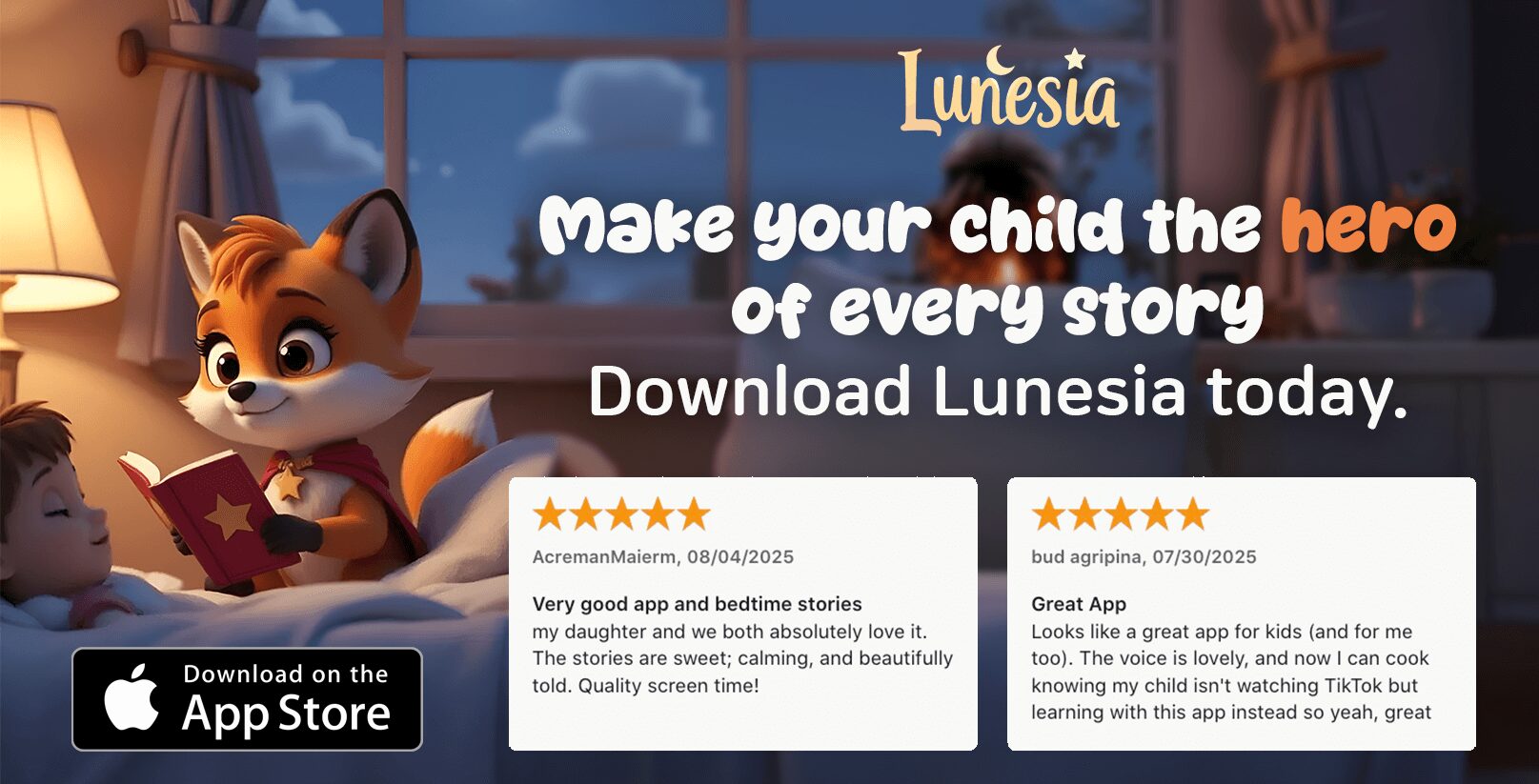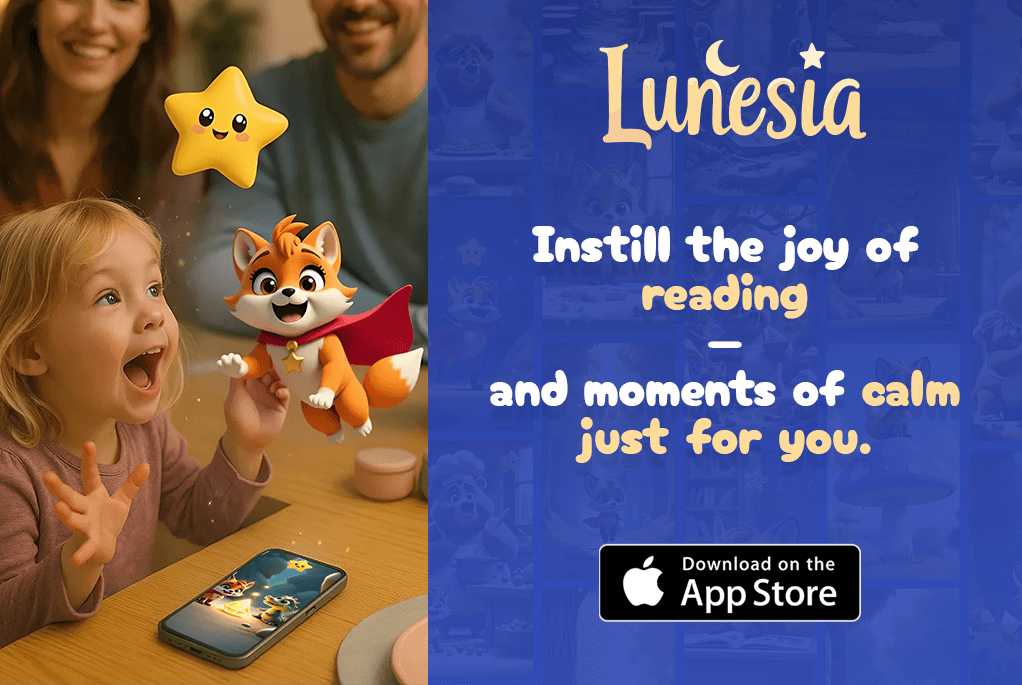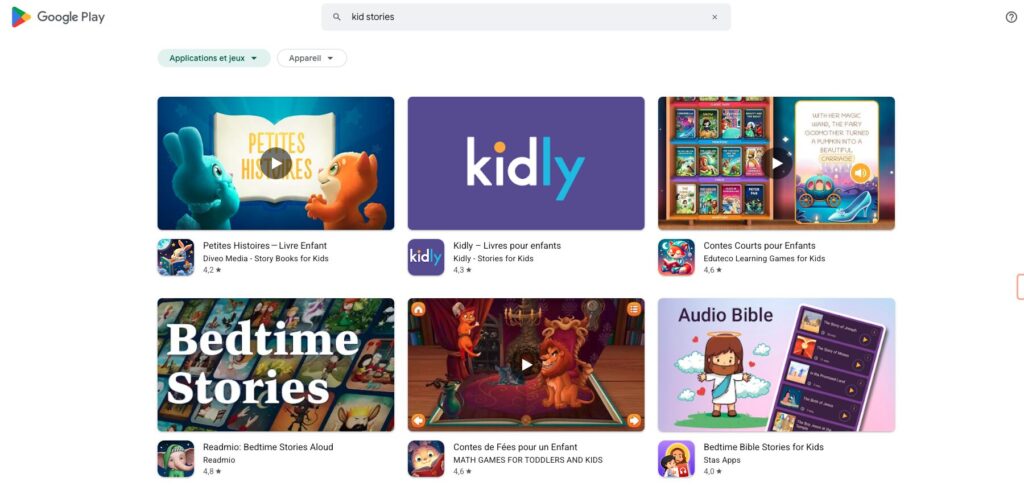I remember the first time I realized the magic of a good story. My niece, Emma, was having a tough night. She was restless, her mind racing from the day’s adventures. I grabbed a book from the shelf and began reading aloud. Within minutes, her eyes grew heavy, and her breathing slowed. It was as if the words had wrapped her in a cozy blanket, calming her mind and preparing her for a peaceful night.
This simple act of reading isn’t just a tradition—it’s backed by science. Experts like Nancy A. Haug explain how a soothing voice and a gentle narrative can help a child’s brain transition from the busyness of the day to the calm of the night. Whether it’s a classic tale or a modern story from apps like Calm, the power of words is undeniable.
In this article, we’ll explore how bedtime stories can transform restless nights into moments of connection and relaxation. From scientific insights to practical tips, you’ll discover why this timeless routine is more than just a way to end the day—it’s a gift to your child’s mind and heart.
Introduction: The Growing Importance of Bedtime Stories
Amid the chaos of modern living, a simple tradition is making a comeback. With screens dominating our lives and stress levels rising, many families are rediscovering the power of a good story. It’s not just about entertainment—it’s about creating a moment of calm in a hectic world.
Understanding Modern Sleep Challenges
Today’s children face unique challenges when it comes to winding down. From the glow of blue light to the constant buzz of notifications, their minds are often overstimulated. Studies show that excessive screen time can disrupt natural sleep patterns, leaving kids restless and anxious.
Global concerns and digital distractions add to the problem. Many parents report that their kids struggle to quiet their thoughts at night. This is where the timeless practice of reading comes in. Turning off devices and picking up a book can create a soothing transition from day to night.
The Rise of Storytime as a Sleep Aid
Storytelling is resurging as a natural way to ease bedtime worries. The gentle rhythm of a parent’s voice can calm a child’s racing thoughts. Research suggests that listening to a tale reduces stress and prepares the brain for rest.
Re-engaging with this childhood routine offers more than just better sleep. It strengthens bonds and fosters a love for reading. As one parent shared, “It’s our special time together, away from the noise of the world.”
| Modern Sleep Challenges | Storytelling Benefits |
|---|---|
| Blue light exposure | Reduces screen time |
| Overactive mind | Calms racing thoughts |
| Stress and anxiety | Lowers stress levels |
| Digital distractions | Encourages focus |
Incorporating storytime into nightly rituals can transform bedtime struggles into moments of connection. It’s a simple yet powerful way to help kids—and parents—find peace at the end of the day.
Scientific Basis of Bedtime Stories Sleep Benefits
Science has uncovered fascinating reasons why storytelling can be a powerful tool for relaxation. It’s not just about the plot—it’s about how the mind responds to the rhythm and tone of a voice. Experts like Nancy A. Haug explain that listening to a soothing tale can calm racing thoughts and prepare the brain for rest.
The Role of Mental Relaxation in Sleep
Mental relaxation is a key part of falling asleep. When the mind is calm, the body can transition more easily into rest. A story helps by focusing attention on a gentle narrative, rather than the day’s worries. This shift in focus slows brain activity and signals that it’s time to unwind.
Research shows that avoiding dramatic peaks in a tale can enhance this effect. For example, Calm’s Sleep Stories use a technique called “inversion of narrative tension” to keep the listener engaged without overstimulating the brain. This approach makes it easier to drift off.
How Narration and Voice Affect the Brain
The human brain is highly responsive to sound, especially a soothing voice. Narrators like Alan Sklar and Matthew McConaughey are known for their ability to guide listeners into dreamland. Their measured pace and gentle tone create a sense of safety and calm.
“A soft, rhythmic voice can activate the parasympathetic nervous system, reducing stress and promoting relaxation,” says Nancy A. Haug.
This effect is particularly helpful for children, who often struggle to quiet their thoughts at night. By incorporating reading into a bedtime routine, parents can create a peaceful transition from day to night.
Whether it’s a classic book or a modern app, the power of a well-told story is undeniable. It’s a simple yet effective way to support both mental and physical health.
Exploring “bedtime stories sleep benefits”
Have you ever wondered why a simple tale can quiet a restless mind? The answer lies in the way narratives engage the brain, creating a pathway to relaxation. Whether it’s a classic book or a modern app, the right story can work wonders.

Mechanisms Behind Sleep-Inducing Narratives
Listening to a gentle voice can distract the mind from overactive thoughts. This is especially true for low-stimulus narration, like the kind found in Calm’s Sleep Stories. Their “inversion of narrative tension” keeps the listener engaged without overstimulating the brain.
Dr. Christine Won explains, “A calm narrative helps reduce self-sabotaging thoughts, allowing the body’s adrenaline to decrease.” This shift is crucial for transitioning into a restful night.
Comparing Passive Listening to Active Reading
Passive listening, such as audiobooks, offers a unique advantage. Without the need for a lit screen, it encourages melatonin release, which is essential for deeper sleep. On the other hand, active reading can stimulate the mind, making it harder to unwind.
Here’s a quick comparison:
- Passive Listening: No visual stimulation, ideal for melatonin production.
- Active Reading: Engages the mind, but may delay relaxation.
For both kids and adults, choosing the right option can make all the difference. A well-told tale isn’t just entertainment—it’s a tool for better rest.
Bedtime Stories for Different Age Groups
From toddlers to adults, the power of a well-told tale knows no age limits. Whether it’s a colorful picture book for a child or a soothing narrative for an adult, storytelling offers unique benefits for everyone. Let’s explore how this timeless practice supports growth and relaxation across generations.
Benefits for Children: Brain Development and Imagination
Reading to kids isn’t just a bonding activity—it’s a cornerstone of their development. Studies from The American Academy of Pediatrics show that regular storytime enhances brain activity, particularly in areas related to mental imagery and comprehension. By the time they enter kindergarten, children who are frequently read to may know over a million more words than their peers.
Picture books, with their intentional and concise language, are especially effective. They spark imagination and strengthen language skills, setting the stage for lifelong learning. As one parent shared, “It’s amazing how my daughter’s vocabulary has grown just from our nightly reading routine.”
Enhancing Sleep Routines for Adults
Adults, too, can benefit from the calming effects of a good story. After a hectic day, listening to a soothing narrative can reset the mind and prepare the body for rest. Research shows that this practice lowers cortisol levels, making it easier to transition into a peaceful night.
Whether it’s a classic novel or a modern app, the right tale can alleviate stress and racing thoughts. As one adult reader noted, “It’s my favorite way to unwind—no screens, just the sound of a gentle voice.”
| Benefits for Children | Benefits for Adults |
|---|---|
| Boosts brain development | Reduces stress and anxiety |
| Strengthens language skills | Improves sleep quality |
| Encourages imagination | Resets the mind after a busy day |
“A good story is like a lullaby for the soul—it soothes, inspires, and connects us.”
No matter your age, incorporating reading into your nightly routine can transform your evenings. For kids, it’s a foundation for growth. For adults, it’s a trusted way to find peace. Together, these benefits make storytelling a gift that keeps on giving.
Integrating Storytime into a Healthy Bedtime Routine
Creating a calming evening ritual can transform how your family ends the day. Combining storytime with effective sleep hygiene practices can make this transition smoother and more enjoyable. Let’s explore how to build a routine that works for everyone.

Combining Stories with Effective Sleep Hygiene
Experts like Nancy A. Haug recommend pairing reading with other sleep-promoting habits. For example, dimming the lights and avoiding screens an hour before bed can signal to the brain that it’s time to wind down. This helps create a peaceful environment for storytime.
Here are some actionable steps to enhance your routine:
- Set a consistent bedtime to regulate your child’s internal clock.
- Choose calming stories from apps like Calm or classic books with gentle narratives.
- Incorporate mindfulness practices, such as deep breathing or short meditations, before starting the story.
A fixed routine, including regular reading, can help the mind transition from the busyness of the day to the calm of the evening. This consistency is key to building a healthy habit.
| Sleep Hygiene Practice | How It Enhances Storytime |
|---|---|
| Dimming lights | Creates a calming atmosphere for reading |
| Avoiding screens | Reduces exposure to blue light, promoting melatonin production |
| Mindfulness exercises | Prepares the mind for relaxation and focus |
Experiment with different stories and techniques to find what works best for your family. Whether it’s a soothing voice or a favorite book, the right combination can make all the difference.
Conclusion
There’s something timeless about the way a good story can bring calm to even the busiest day. Whether it’s a gentle voice reading a favorite book or the quiet rhythm of a well-loved tale, this simple habit has the power to soothe the mind and prepare the body for rest.
For children, it’s more than just a routine—it’s a way to build language skills, spark imagination, and create a sense of security. For adults, it’s a trusted method to quiet racing thoughts and unwind after a long day. The magic of reading lies in its ability to connect us, no matter our age.
Why not try adding a story to your evening tonight? Even a small change can transform your nightly routine and bring a sense of peace to your day. As you close the pages, remember that this timeless practice is more than just a habit—it’s a gift to yourself and your loved ones.
FAQ
How do bedtime stories help children fall asleep faster?
Narratives create a calming mental space, reducing stress and anxiety. The soothing tone of a parent’s voice or an audiobook can signal to the brain that it’s time to unwind, making it easier to drift off.
Are there specific types of stories that work best for sleep?
Gentle, predictable tales with soft language and positive themes are ideal. Avoid overly exciting or complex plots, as they can stimulate the mind instead of relaxing it.
Can adults benefit from bedtime stories too?
Absolutely! Listening to or reading calming narratives can help adults unwind, reduce screen time, and establish a healthier nighttime routine, improving overall sleep quality.
How does reading aloud differ from listening to audiobooks for sleep?
Reading aloud engages both the parent and child, fostering bonding and language skills. Audiobooks, on the other hand, offer convenience and consistency, especially when parents are unavailable.
What’s the best way to incorporate stories into a bedtime routine?
Pair storytime with other relaxing activities like dimming lights, brushing teeth, and avoiding screens. Consistency is key to signaling to the brain that it’s time to rest.
How does storytelling impact brain development in children?
It enhances language skills, boosts imagination, and strengthens memory. Regular exposure to stories also helps children process emotions and develop empathy.
Can bedtime stories replace other sleep aids?
While they’re a powerful tool, they work best as part of a holistic routine. Combining stories with healthy habits like a cool, dark room and a consistent schedule maximizes their effectiveness.
How long should a bedtime story last?
Aim for 10-20 minutes, depending on the child’s age and attention span. The goal is to relax, not to overstimulate or extend the routine unnecessarily.




